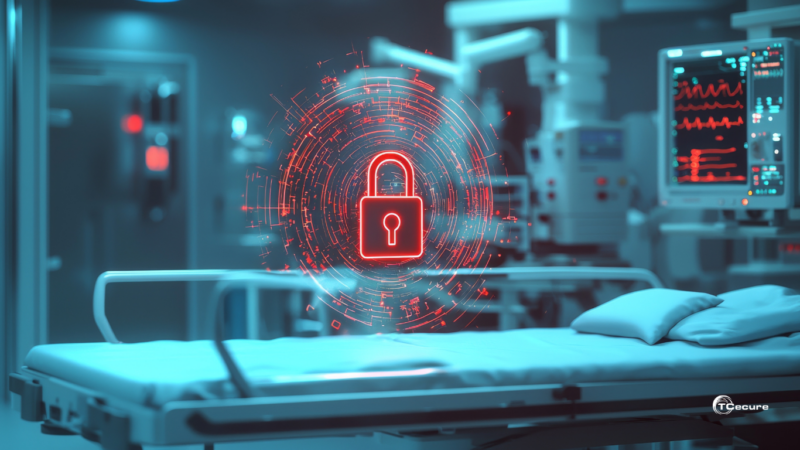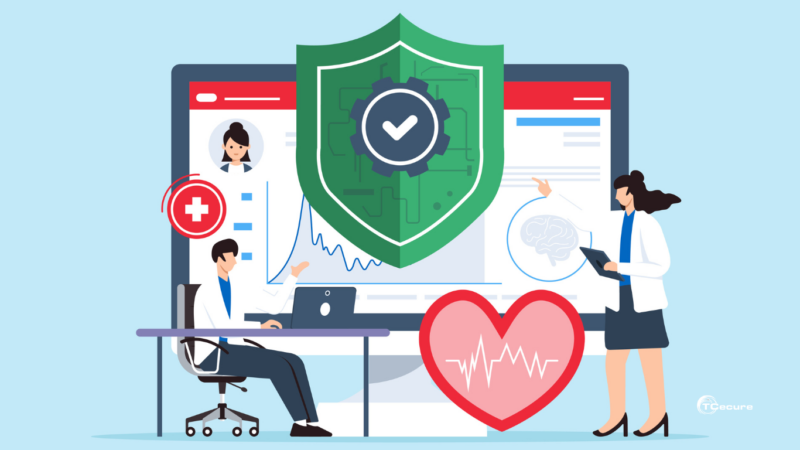
Top 5 Ways Healthcare Providers Can Mitigate Cyber Threats
In the rapidly evolving world of cybersecurity, few industries face as many unique challenges as healthcare. From sensitive patient information to complex regulatory requirements, healthcare providers are often primary targets for cybercriminals. With cyber attacks on the rise, maintaining a robust cybersecurity posture isn’t just about protecting data—it’s about safeguarding lives and trust.
In this article, we’ll explore five essential strategies healthcare organizations can implement to bolster their cybersecurity defenses. From controlling access to complying with HIPAA and HITECH, these tips provide a proactive approach to safeguarding healthcare systems.
1. Implement Strong Access Controls
When it comes to protecting sensitive information, not everyone needs full access. Limiting access to only those who need it—through strict authentication and authorization protocols—reduces the risk of unauthorized data exposure and strengthens your overall security.
Why It Matters:
Unauthorized access is a significant vulnerability in many healthcare organizations. Implementing robust access controls, such as two-factor authentication and role-based permissions, can prevent cybercriminals from gaining access through compromised accounts.
Key Steps:
- Use multi-factor authentication (MFA) for an added layer of security.
- Apply role-based access control to ensure that only relevant personnel can access specific data.
- Regularly review and adjust permissions as roles and responsibilities change.
2. Regular Security Training for Staff
Human error remains one of the leading causes of data breaches, and healthcare providers are no exception. Regular cybersecurity training helps employees recognize phishing attempts, adopt secure data handling practices, and stay vigilant about potential cyber threats.
Why It Matters:
With phishing attacks and social engineering on the rise, training staff is your first line of defense. Well-informed employees are less likely to inadvertently grant access to cybercriminals.
Key Steps:
- Conduct regular, mandatory cybersecurity training sessions.
- Use simulated phishing exercises to help staff recognize suspicious emails.
- Create an easy reporting process for staff to flag potential security concerns.
3. Secure Medical Devices and Networks
With the rise of the Internet of Medical Things (IoMT), healthcare providers rely heavily on connected devices—from imaging machines to patient monitors. Unfortunately, these devices can be vulnerable entry points for cybercriminals if not properly secured.
Why It Matters:
Connected medical devices often lack robust security features and may be overlooked in cybersecurity strategies. Ensuring these devices are updated and monitored reduces their vulnerability to attacks.
Key Steps:
- Regularly update the firmware and software on all connected devices.
- Segment the network to isolate IoMT devices from sensitive data systems.
- Monitor device activity and set up alerts for unusual behavior.

4. Data Encryption and Backups
Encrypting data ensures that even if a breach occurs, sensitive information remains protected. Additionally, having regular, secure backups can minimize the impact of a cyber attack, especially in the case of ransomware.
Why It Matters:
Healthcare organizations are popular ransomware targets due to their critical role in patient care. By encrypting data and regularly backing it up, healthcare providers can recover more quickly from attacks and prevent data exposure.
Key Steps:
- Implement end-to-end encryption for all patient and operational data.
- Set up automated, regular data backups in secure locations.
- Regularly test data restoration processes to ensure smooth recovery.
5. Ensure Compliance with HIPAA and HITECH
Compliance with healthcare regulations like HIPAA (Health Insurance Portability and Accountability Act) and HITECH (Health Information Technology for Economic and Clinical Health Act) isn’t just about avoiding penalties—it’s a critical part of protecting patient information and maintaining trust.
Why It Matters:
These regulations provide a structured framework for securing patient data, which also helps mitigate legal and financial risks in case of a breach.
Key Steps:
- Conduct regular risk assessments to identify vulnerabilities.
- Establish policies for data protection that align with HIPAA and HITECH standards.
- Stay updated on new compliance requirements and ensure all staff are trained accordingly.
A Proactive Approach to Cybersecurity
Cybersecurity in healthcare requires a proactive, multi-faceted approach. Implementing these five strategies can help healthcare organizations stay ahead of emerging threats, protect patient data, and maintain compliance with industry regulations. With cyber risks continuously evolving, regularly updating and adapting your security practices is key.
What’s Your Biggest Cybersecurity Challenge?
Every healthcare organization has its unique cybersecurity challenges. We’d love to hear from you! Send us a DM on social media with your top cybersecurity concerns or contact us for a consultation on strengthening your organization’s defenses.
Stay Informed with TCecure
Continue checking out TCecure’s blog for more expert insights, tips, and resources to help your organization stay resilient in the face of cybersecurity challenges. Our team is here to provide the knowledge and tools needed to secure your industry.



